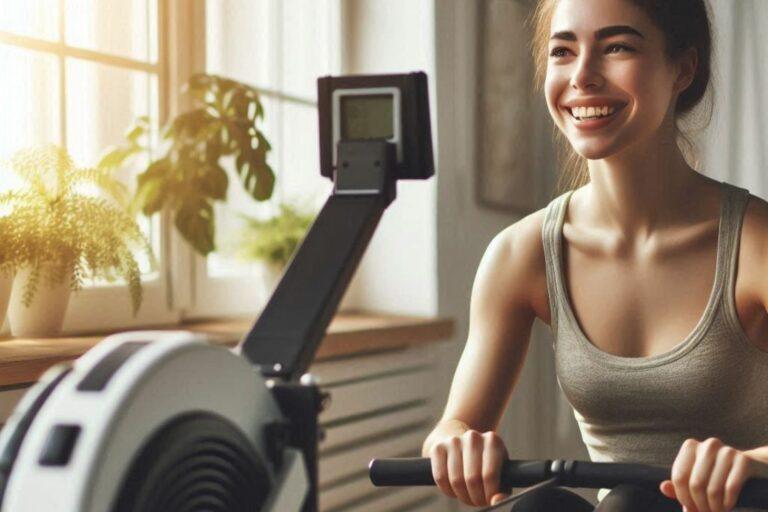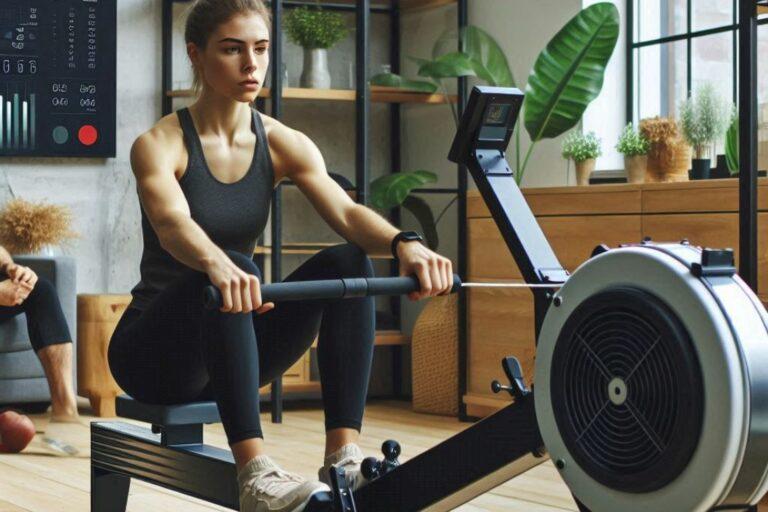Choosing the right cardio equipment for your home gym can be overwhelming.
With options like treadmills, ellipticals, stationary bikes, and rowing machines, it’s tough to decide which one best suits your fitness goals and lifestyle.

This guide will help you weigh the pros and cons of each to make an informed decision.
We’ll explore the benefits, drawbacks, and ideal users for each type of equipment, empowering you to select the perfect cardio machine for your home workout routine.
Key Takeaway: Understanding the unique advantages and disadvantages of different cardio equipment is crucial for making an informed decision.
Understanding Your Fitness Goals
Before diving into the specifics of each cardio machine, it’s crucial to define your primary fitness objectives.
This will help narrow down your options and select the equipment that best aligns with your goals.
Weight Loss
If your primary goal is to shed extra pounds, consider the calorie-burning potential of each machine.
Factors like intensity and duration of workouts will influence weight loss results.
Muscle Building
While primarily focused on cardiovascular health, some cardio machines can contribute to muscle development.
We’ll explore how each machine can aid in muscle toning.
Cardiovascular Health
Improving heart health is a common fitness goal.
We’ll compare the effectiveness of different cardio machines in enhancing cardiovascular endurance and stamina.
Low-Impact Exercise
For individuals with joint pain or recovering from injuries, low-impact options are essential.
We’ll assess the joint impact of each machine.
By understanding your fitness goals, you can make an informed decision about which cardio equipment is best suited for you.
Rowing Machine Overview
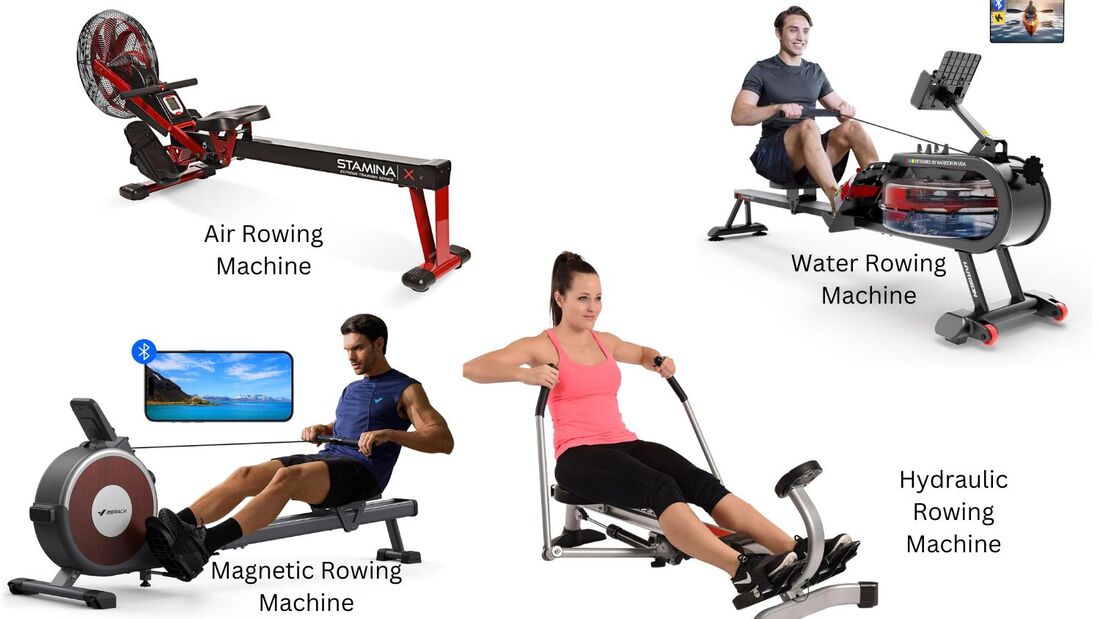
Rowing machines offer a unique blend of cardio and strength training, making them a versatile addition to any home gym.
Benefits of Rowing Machines
- Full-body workout: Engages major muscle groups for a comprehensive workout.
- Low impact: Gentle on joints, suitable for people with injuries or joint pain.
- Calorie burn: Effective for weight loss and overall fitness.
Drawbacks of Rowing Machines
- Potential for boredom: Repetitive motion can become monotonous for some users.
- Space requirements: Rowing machines can take up more space compared to other cardio equipment.
By understanding both the advantages and disadvantages of rowing machines, you can determine if it’s the right choice for your fitness goals and home environment.
Treadmill Overview
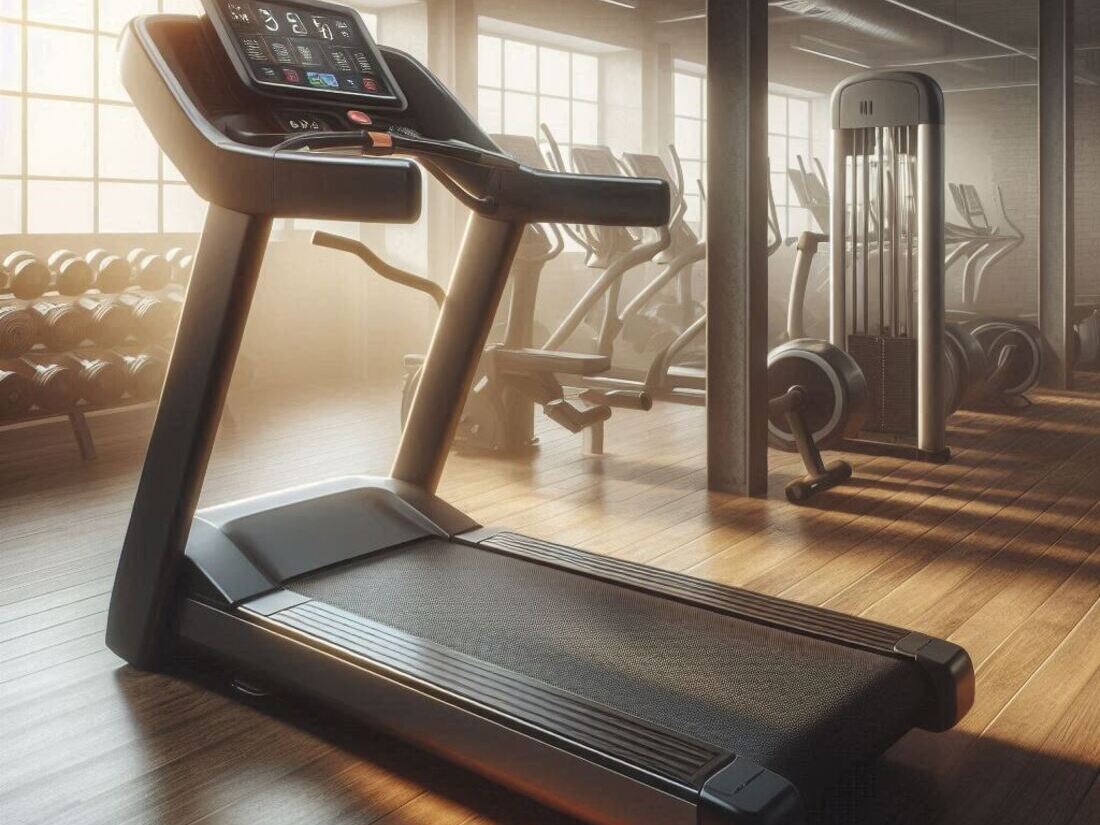
Treadmills are a popular choice for home cardio workouts, offering a convenient way to simulate outdoor running or walking.
Benefits of Treadmills
- Cardiovascular health: Effectively improves heart health and endurance.
- Weight loss: Ideal for burning calories and supporting weight management goals.
- Running simulation: Provides a natural running experience indoors.
Drawbacks of Treadmills
- High impact on joints: Can be hard on knees, ankles, and hips for some individuals.
- Noise: Treadmills can generate noise, which might be a concern for apartment dwellers or those sharing living spaces.
By understanding the pros and cons of treadmills, you can determine if this cardio equipment aligns with your fitness goals and lifestyle.
Elliptical Overview
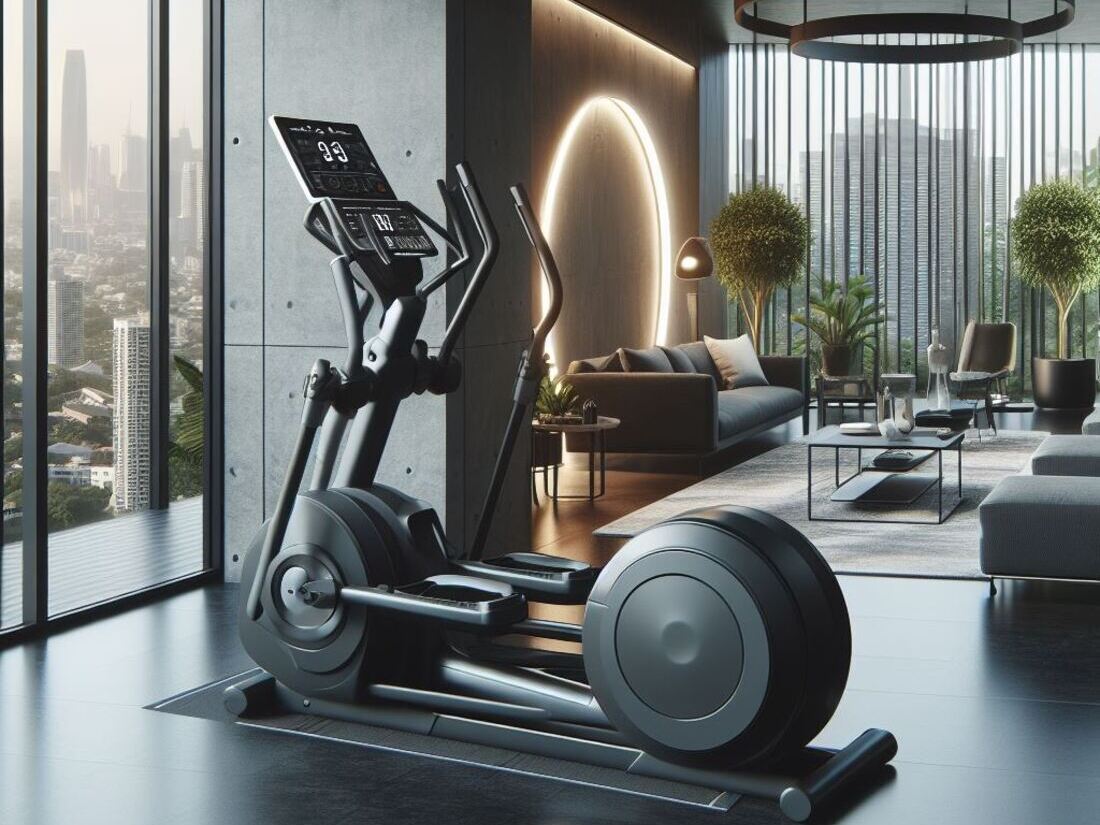
Elliptical machines offer a low-impact alternative to traditional cardio equipment, providing a full-body workout.
Benefits of Ellipticals
- Low impact: Gentle on joints, suitable for individuals with joint pain.
- Full-body workout: Engages both upper and lower body muscles.
- Joint-friendly: Reduces stress on knees and ankles compared to treadmills.
Drawbacks of Ellipticals
- Potential for boredom: Repetitive motion can become monotonous for some users.
- Limited intensity: May not provide the same level of challenge as running or cycling for high-intensity workouts.
By understanding the pros and cons of ellipticals, you can determine if this cardio machine is a good fit for your fitness goals.
Stationary Bike Overview

Stationary bikes offer a low-impact cardio workout that is gentle on the joints.
Benefits of Stationary Bikes
- Low impact: Suitable for individuals with joint pain or recovering from injuries.
- Cardiovascular health: Improves heart health and endurance.
- Rehabilitation: Often used for physical therapy and recovery.
Drawbacks of Stationary Bikes
- Primarily lower body workout: Primarily targets the legs, with limited upper body engagement.
By understanding the pros and cons of stationary bikes, you can determine if this cardio equipment aligns with your fitness goals and preferences.
Comparison Table: Cardio Equipment
| Feature | Rowing Machine | Treadmill | Elliptical | Stationary Bike |
|---|---|---|---|---|
| Impact Level | Low | High | Low | Low |
| Muscle Engagement | Full body | Lower body | Full body (limited upper body) | Lower body |
| Calorie Burn | High | High | Moderate | Moderate |
| Space Requirements | Moderate | Large | Moderate | Small |
| Price Range | Moderate to High | Moderate to High | Moderate to High | Low to Moderate |
| Joint Friendliness | High | Low | High | High |
| Noise Level | Low to Moderate | High | Low | Low |
This table provides a clear overview of the key features of each cardio machine, allowing readers to compare and contrast options based on their individual needs and preferences.
Choosing the Right Cardio Equipment
Selecting the ideal cardio equipment for your home gym involves careful consideration of several factors:
Consider Your Fitness Goals
- Weight loss: Prioritize calorie-burning machines like treadmills or rowing machines.
- Muscle building: Incorporate strength training exercises alongside your cardio routine.
- Cardiovascular health: Any of the machines can improve heart health, but consider factors like impact and intensity.
- Low impact: Opt for ellipticals or rowing machines if joint pain is a concern.
Evaluate Available Space
- Measure your workout area: Determine the dimensions of your available space.
- Consider foldable or compact options: Explore machines with space-saving features.
Set a Realistic Budget
- Compare prices: Research different models and brands to find options within your budget.
- Consider long-term value: Invest in a quality machine that will last.
Test Different Machines (if possible)
- Experience the equipment firsthand: Visit fitness stores or gyms to try out different machines.
- Pay attention to comfort and ease of use: Choose a machine that feels comfortable and intuitive.
Incorporate Cross-Training
- Vary your workouts: Combine different cardio machines for optimal results.
- Prevent boredom: Switch between machines to keep your routine interesting.
By carefully considering these factors, you can select the cardio equipment that best aligns with your fitness goals and lifestyle.
FAQs: Cardio Equipment
To provide additional value to your readers, let’s address some frequently asked questions about cardio equipment:
- Which cardio machine is best for weight loss?
- All cardio machines can contribute to weight loss when combined with a balanced diet. However, high-intensity workouts on treadmills or rowing machines tend to burn more calories.
- Can I build muscle with cardio equipment?
- While primarily focused on cardiovascular health, incorporating strength training exercises alongside your cardio routine can help build muscle.
- How often should I use cardio equipment to see results?
- Aim for at least 150 minutes of moderate-intensity cardio exercise or 75 minutes of vigorous-intensity exercise per week.
- Is there a low-impact cardio machine suitable for seniors?
- Elliptical machines and rowing machines are generally considered low-impact options for seniors.
- How much space do I need for a home cardio machine?
- Consider your available space when choosing between treadmills, ellipticals, and rowing machines. Stationary bikes typically require less space.
Testimonials
“I switched to a rowing machine a few months ago and I’m so glad I did. It’s a full-body workout that doesn’t strain my joints. I’ve seen a significant improvement in my overall fitness.” – Sarah K.
“As a runner, having a treadmill at home has been a game-changer. I love being able to run regardless of the weather. It’s helped me stay consistent with my training.” – David M.
“I have knee issues, so the elliptical is perfect for me. It gives me a good workout without putting too much stress on my joints. I’ve lost weight and feel stronger.” – Emily P.
“I use my stationary bike for recovery rides after intense workouts. It’s low-impact and helps me to cool down without putting too much strain on my body.” – Michael B.
Conclusion
Choosing the right cardio equipment for your home gym depends on your individual fitness goals, available space, and budget.
Each machine offers unique benefits and drawbacks.
- Rowing machines provide a full-body workout, low impact, and effective calorie burn.
- Treadmills excel in cardiovascular health, weight loss, and simulating outdoor running.
- Ellipticals offer a low-impact, full-body workout with minimal joint impact.
- Stationary bikes are ideal for low-impact cardio and rehabilitation.
Ultimately, the best cardio machine is the one you’ll use consistently.
Consider your preferences, lifestyle, and fitness goals to make an informed decision.
Ready to take your rowing to the next level? Explore our additional resources for advanced techniques, workout plans, and equipment recommendations.
Citations
Maximal Fat Oxidation: Comparison between Treadmill, Elliptical and Rowing Exercises. National Institutes of Health (NIH) (.gov)
Comparison of elliptical training, stationary cycling, treadmill walking and overground walking. National Institutes of Health (NIH) (.gov)

